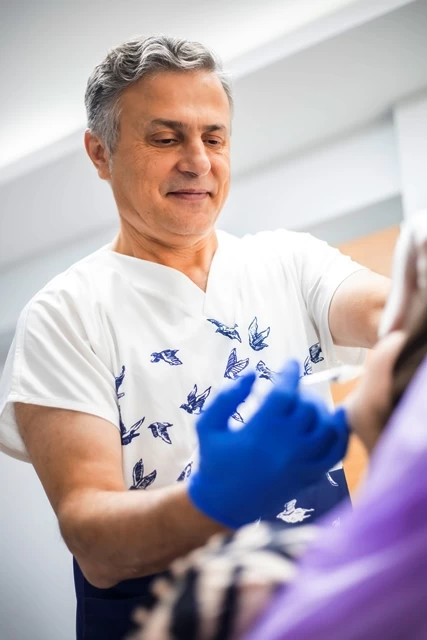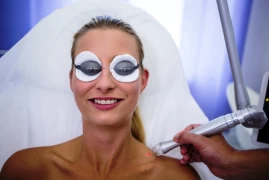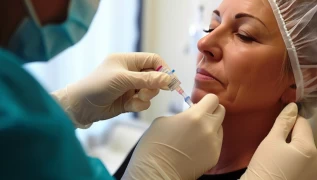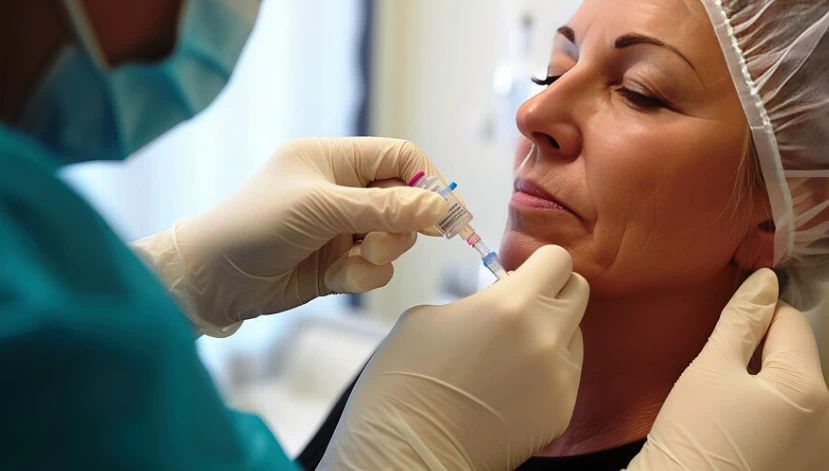
Botulinum Toxin Applications in Dermatology
- Botulinum Toxin Applications in Dermatology
- What Is Botulinum Toxin?
- Botulinum Toxin Applications in Dermatology
- Botulinum Toxin Application Process
- Risks and Side Effects
- Conclusion
Botulinum toxin, also known as "Botox," has gained popularity in recent years and has become an indispensable part of the aesthetic world. This neurotoxin is an effective treatment option used in dermatology to reduce wrinkles, minimize sweating, and provide solutions for various dermatological issues. In this article, we will take a closer look at Botulinum toxin applications in dermatology.
What Is Botulinum Toxin?
Botulinum toxin is a type of neurotoxin produced by a bacterium called Clostridium botulinum. This bacterium is typically found in contaminated foods or soil in environments where the toxin is produced. Botulinum toxin is known as a highly potent natural poison and works by temporarily paralyzing muscles by affecting nerve cells.
In medicine and cosmetic applications, Botulinum toxin is a primary component of a substance commonly referred to as "Botox." Botox is used particularly to treat wrinkles, control excessive sweating, and address certain health issues.
Botulinum toxin functions by affecting the nerve endings that control muscle contractions. The toxin inhibits communication between nerve cells and muscles, resulting in temporary muscle relaxation. This effect can be utilized for various medical and cosmetic purposes.
Botulinum Toxin Applications in Dermatology
- Wrinkle Treatment: Botulinum toxin is especially effective in treating dynamic wrinkles on the face (such as forehead lines, frown lines, crow's feet, etc.). Temporary paralysis of the muscles reduces the appearance of these wrinkles and helps the skin look smoother and more youthful.
- Sweating Treatment: Botulinum toxin is used to treat excessive sweating. It can reduce the overactivity of sweat glands in areas like the underarms, hands, and feet, improving an individual's social and daily life.
- Facial Contouring: When applied to specific areas of the face, Botulinum toxin can enhance facial features and make them appear more attractive and youthful. For example, it can be used to emphasize the jawline or lift the eyebrows.
- Neck and Décolletage Treatment: Botulinum toxin can be used to diminish signs of aging in the neck and décolletage areas. When applied to these regions, it can reduce wrinkles and achieve a more youthful appearance.
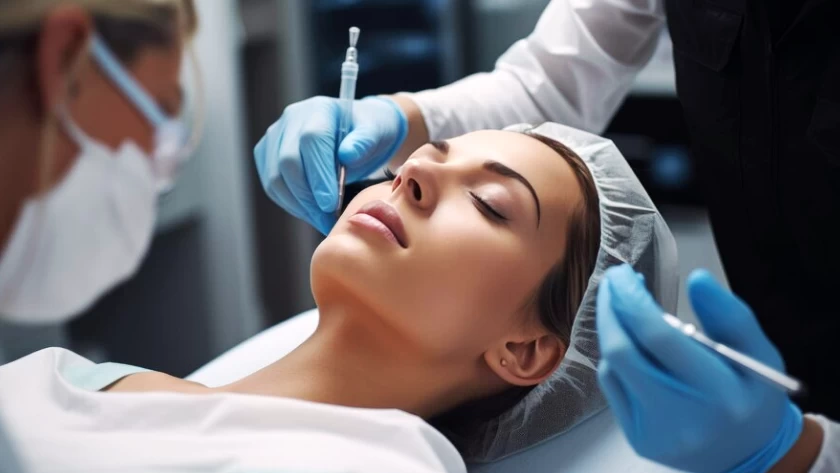
Botulinum Toxin Application Process
The Botulinum toxin application process is typically performed under the supervision of a specialized healthcare professional and is generally quick and straightforward. Here are the typical steps of a Botulinum toxin application process:
- Consultation and Assessment: The first step is to have a consultation with a dermatologist or aesthetic surgery specialist. During this stage, the patient's needs and expectations are evaluated. Details such as which areas will be treated and how much Botulinum toxin will be used are determined. The specialist also takes into account the patient's medical history and any allergies or sensitivities.
- Cleansing: The application area is cleansed and, if necessary, sterilized with an antiseptic solution to reduce the risk of infection. This step is crucial.
- Anesthesia (Optional): Botulinum toxin applications are generally painless, but some patients may be sensitive. Therefore, a local anesthesia cream or ice can be used to numb the application area. However, this step is often unnecessary for most individuals.
- Injection: The specialist injects Botulinum toxin into the designated areas using a fine needle. Since the needles are very thin, discomfort is typically minimal. Botulinum toxin works by temporarily blocking muscle contractions through its effect on nerve endings, reducing wrinkles and lines.
- Final Assessment: When the procedure is completed, the specialist checks the application area and removes any excess Botulinum toxin.
- Patient Instructions: The patient is provided with instructions for post-treatment care. Typically, they are advised not to massage the treated area or engage in strenuous exercise for a few hours. Additionally, avoiding lying flat or taking hot baths may be necessary to prevent increased blood flow.
Botulinum toxin application is usually very brief, and patients can return to their daily activities immediately. However, it's important to note that the full effects of Botulinum toxin may take several days to a week to become noticeable, so patience is key. Results generally last between 3 to 6 months, though this duration can vary depending on individual factors and the treated area.
Risks and Side Effects
Botulinum toxin applications are considered safe, but there can be side effects and risks. Mild side effects such as temporary swelling, bruising, or pain at the injection site are commonly observed. More serious side effects (e.g., drooping eyelids) are rare. Therefore, it is important to consult with a professional and ensure that the procedure is performed in a professional setting before undergoing treatment.
Conclusion
Botulinum toxin applications in dermatology offer an effective treatment option for both aesthetic and medical purposes. When administered by a dermatologist or aesthetic surgery specialist, this method can provide safe and effective results in reducing wrinkles, controlling sweating, and addressing other skin issues.
It's important to remember that each individual's skin is unique, so consulting with a specialist to create a personalized treatment plan is essential. This approach will help achieve desired results and maintain a beautiful appearance.
